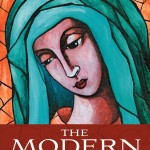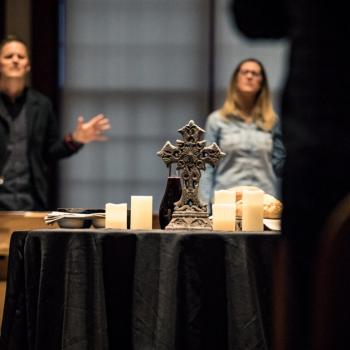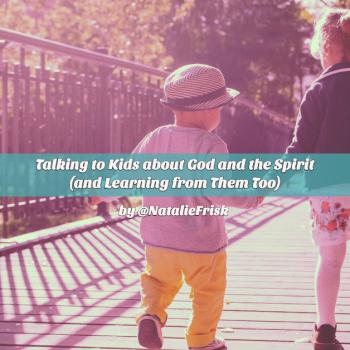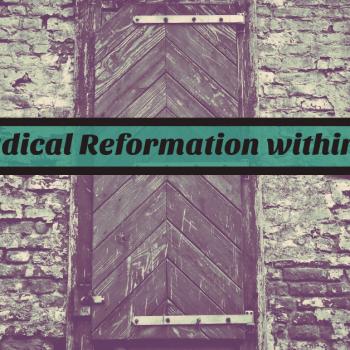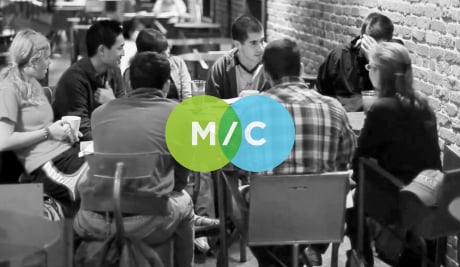
In what follows, I’m sharing with you what I shared with our church plant Core Team last night. The following outline describes what a “Missional Community” is and what it isn’t. Now, I’m using this language for our context, so I’m not claiming to have the corner on the MC market (so to speak). Also, I should say that although this outline is adapted for our context at Pangea Communities in Seattle, it is thoroughly stolen from Mike Breen and 3DM.*** I’d love your thoughts…
What a Missional Community Isn’t
#1 A Small Group – easily becomes exclusive
#2 A Bible Study – easily becomes focused on information
#3 A Program or Event – easily becomes another “busy” activity (MC’s should be both organic and organized)
What a Missional Community Is
“The twentieth century saw the emergence of a Churchless Mission and a Missionless Church.” – Eddie Gibbs
#1 Oikos (household/family) – an extended family on mission where everyone contributes and everyone is supported.
#2 Huddles – These groups are the foundation of an MC, creating space for grassroots discipleship/transformation and leadership development. All leaders will be part of huddles at some level.
#3 MC Defined: A Missional Community is a group of approximately 18-40 people who are seeking to reach a particular neighborhood and/or network of relationships with the good news of the Kingdom of God.
- 18-40 committed people– Size matters! These are mid-sized communities, larger than small groups but smaller than a congregation (multiple MC’s make up the whole of the church).
- Small enough to care – An extended family where everyone can be known, unlike when folks eventually gather as an entire church. The size of a “house party” where guests can feel welcome (and check things out with less social pressure and more anonymity than traditional small groups) and easily become part of the family when they are comfortable (even if they aren’t committed to the way of Jesus).
- Big enough to dare – MC’s are large enough to have the shared resources needed to make an impact in their neighborhoods for causes of peace and justice. Also, these groups can raise up leaders and send them out to plant new MC’s without feeling like the group has been “gutted.”
- Clear Missional Vision – From the beginning, MC’s discern their specific calling within their specific context. A community/oikos committed to a common mission (both in regards to justice and inviting others into Jesus-shaped community) creates a common purpose for all people involved. Without vision, the community will become a social group. “Vision is the magnet that draws people to the community and the engine that keeps the community moving” (Mike Breen).
- Missional Focus Examples – Neighborhood: focus on certain blocks, subdivision, geography, etc. Relational Network: focus on shared relationships, work, students, hobby, subculture, etc. Our communities will focus on both relational networks and context (with the ultimate goal of those to spheres intersecting naturally as our communities multiply).
- Lightweight/Low-maintenance– MC’s should be inexpensive to operate, easy to plan, led by leaders with 9-5’s, and not attempt to replicate the worship experience that happens at a Sunday Gathering (takes too much effort/resources). Energy should be placed on discerning opportunities for mission within a context and for caring for the needs of the community.
- Plans should be guided by oikos-style “family rhythms” – Everyone contributes, potluck style, everyone cleans up, etc.
- Multiple Teachers Equipped and Unleashed – Spiritual conversations will be part of MC’s formal times together. Those with teaching gifts will be equipped to share the load when it comes to preparing conversations each week. Recognized teachers who want to teach will attend monthly equipping meetings to continue to sharpen their skills and to remain in step with the vision of Pangea Communities.
- The point – “It’s about learning to live a missional lifestyle together, not attending a series of missional events” (Mike Breen).
- Organic and Organized – MC’s have weekly gathering times (formal), but ought to naturally create inclusive spaces for people to party and eat together. Meals at various homes and regular parties are some examples of the organic life of an MC.
- Party, Meals – often! (Organic)
- Weekly Gatherings, Justice/Peacemaking (Organized)
- Huddles (Organized)
- Accountable Leader(s) – MC’s will have clear facilitator/leaders who help organize and guide the life of the MC. These leaders are accountable to other MC members and especially to the larger church (Pangea Communities).
- Low Control – The vision for the MC comes from the leaders within that particular context, not from the church leadership (with the exception of certain values and basic structural expectations that extend to all MC’s).
- High Accountability – Central church leadership is very involved in helping MC leaders carry out the vision that God has given to him/her and their community.
- Up/In/Out Rhythms – Up: relationship with God (not because God is in the sky, but because God is enthroned over all creation), In: loving one another in community, Out: justice, peacemaking, and relational invitation into the way of Jesus.
- These are not “events” but become the essence of “family rhythms” that define the MC.
“The MCs become places of on-the-ground mission for the people of God, dispersed among neighborhoods and networks of a city [Seattle], but still orbiting a central church, which becomes a place of training, equipping, prayer, resourcing, and encouragement for the MCs.” – Mike Breen
QUESTION: What have been your experiences with Missional Communities? Share about the good, the bad, and the hopeful!
Pangea Communities Core Values
Peace – We choose to love our enemies.
Justice – We choose to right wrongs with those at the margins.
Hope – We choose to imagine the world as it ought to be.
Community – We choose counter-cultural relationships guided by love.
Inclusive – We choose to invite everyone to the party.
Story – We choose to live into the narrative of God.
Transformation – We choose the subversive path of knowing and following the crucified Christ.
Context – We choose to ask rooted questions to unleash creativity.
————————————————————————————–
***Most of this document comes from or is inspired by Leading Missional Communities: Rediscovering the power of living on mission together by Mike Breen and 3DM.

